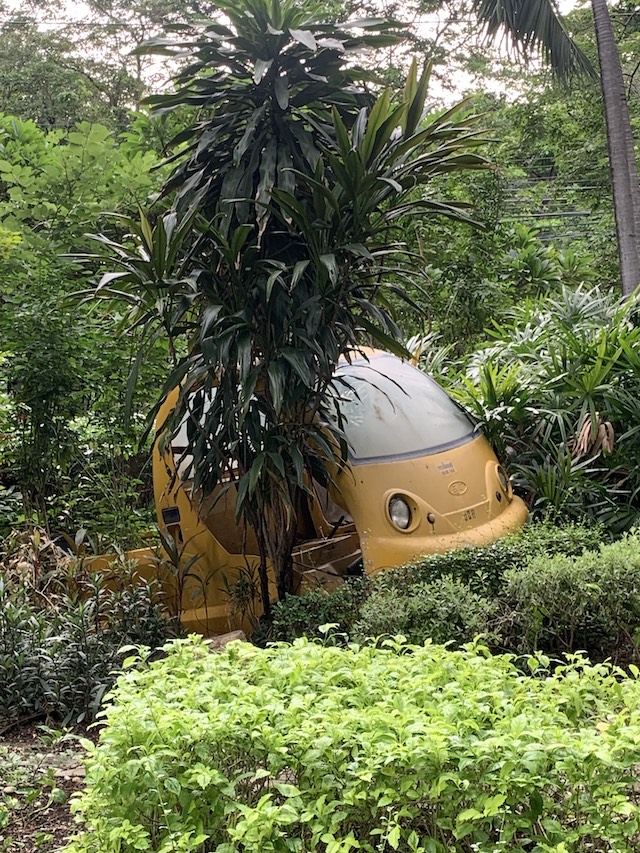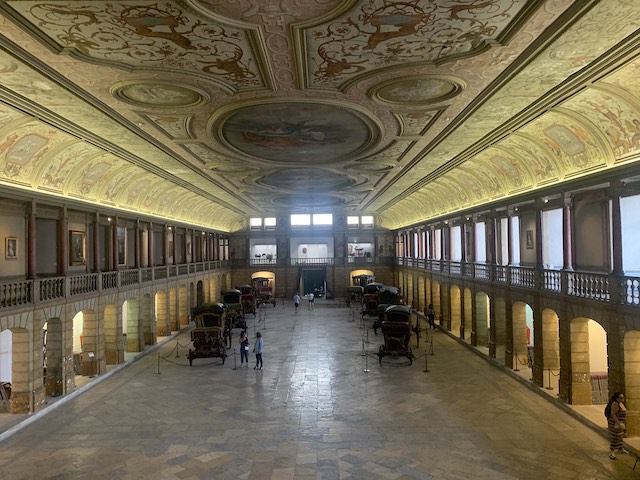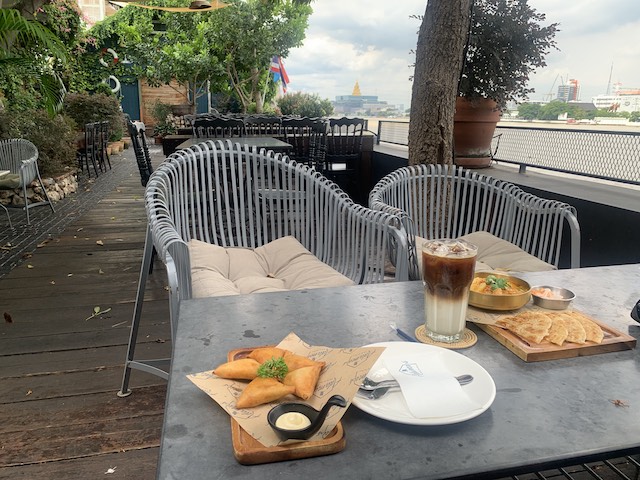The Allure of Quiet Spots
In our noisy world, quiet spots have become increasingly attractive. Rising noise pollution contributes to health issues like sleep disturbances and high blood pressure, sparking a demand for serene environments. The uptick in searches for ‘quiet places’ reveals a societal yearning for tranquility away from the daily din. Quiet Parks International (QPI), founded by Gordon Hempton and Vikram Chauhan, serves as a beacon for those seeking silence. QPI offers an interactive map guiding travelers to urban, wilderness, and marine parks globally, raising awareness about preserving natural soundscapes for humans and wildlife alike.

Silent travel is gaining traction, encouraging tourists to visit destinations emphasizing tranquility and mindfulness. This travel form offers a chance to unwind, enhancing mental and physical well-being by connecting deeply with nature. Activities like stargazing, wild swimming, and forest bathing highlight the appeal of these tranquil locales. Quiet tourism aligns with the rise of wellness retreats and practices like yoga and meditation. Amplified by social media, these practices offer moments of empowerment, attracting those seeking stress relief and well-being.
Impact of Growing Popularity
Silent tourism, initially lauded for tranquil escapes, now faces the irony of its popularity leading to overtourism. Increased visitors disrupt the silence and peace these destinations offer, turning tranquility into chaos. The environmental impact is significant: natural landscapes suffer from litter, trail erosion, and marine pollution. Tourist influx strains local resources, leading to infrastructure challenges, affecting both preservationists and local communities.

Socially, silent tourism alters local cultures, leading to commercialization and gentrification. The influx dilutes local traditions, making it difficult to preserve heritage. Sustainable tourism models advocate for equitable benefit-sharing and community involvement, aligning heritage preservation with local values. The shift from quiet retreats to bustling hubs can change local attitudes towards tourists.
Overtourism in silent spots exposes tourists and locals to risks, as seen in places like Halong Bay, where safety lapses lead to environmental issues and accidents. The focus on profit over preservation results in irresponsible practices endangering life and habitats. The irony lies in silent tourism’s transformation into the phenomenon it sought to escape, highlighting the need for thoughtful management and sustainable practices.
The Role of Social Media
Social media has reshaped travel, transforming quiet spots into bustling destinations. Platforms like Instagram and TikTok allow travelers to share experiences, turning hidden gems into must-visit locations. Influencers play a key role, inspiring followers to visit serene destinations, contributing to overtourism as viral posts draw crowds without considering ecological impacts.

Social media influences travel experiences, with user-generated content providing authentic insights. Every traveler becomes a potential brand ambassador, democratizing travel inspiration. While this presents challenges, it also offers opportunities, bringing economic benefits to local communities by highlighting lesser-known areas. The challenge is balancing becoming an Instagram-worthy location with sustainable travel experiences.
Balancing Tourism and Preservation
Preserving quiet destinations requires a balance between tourism and protection. Silent tourism’s allure can attract crowds, risking degradation. The impact on local culture and environment becomes evident, with commercialization threatening traditions. Sustainable tourism models focus on equitable benefit-sharing and community involvement, aligning preservation with local values.
Community-based tourism (CBT) offers solutions, managing visitor numbers and preserving heritage. Ensuring economic benefits remain local promotes a sustainable model, mitigating excessive tourism effects. Involving communities and stakeholders in decision-making fosters education and awareness, respecting traditions and natural richness.
Embracing slow and quiet travel can preserve destinations. Longer stays in fewer places emphasize cultural connections, aligning with quiet travel ethos. Influencers and platforms promoting sustainable practices ensure silent tourism doesn’t compromise serene spots’ integrity.
Case Studies
Addressing overtourism challenges, a report featured 18 case studies from global cities. These studies guide cities balancing resident and visitor needs, with insights from stakeholders through interviews. The National Park Foundation received a $100 million grant to combat overtourism, implementing reservation systems in popular parks to limit visitors.
These case studies reveal challenges like overcrowding, misconduct, and environmental burdens. Increased noise disturbs local tranquility. Examining global examples provides insights into balancing tourism with cultural and environmental preservation.
Future of Silent Tourism
Technological Integration
Technology, despite its irony, plays a role in silent tourism. Platforms like SmartGuide provide AI-generated recommendations aligning with slow tourism, respecting the environment and communities. This evolution allows deeper exploration without disturbing tranquility.
In this realm, tools like the International Drivers Association make global travel more accessible by providing international driving permits, ensuring tourists can explore remote and tranquil destinations with confidence and ease.
Environmental and Community Benefits
Silent tourism benefits extend to the environment and communities. Longer stays reduce carbon footprints and noise pollution, fostering appreciation for nature and conservation efforts. Travelers contribute economically while engaging in meaningful cultural exchanges.
Overcoming Challenges
Despite benefits, silent tourism faces overtourism risks. Destination management organizations may promote shoulder season travel and lesser-known attractions to distribute traffic evenly and preserve peace.
The Role of Social Media
Social media’s impact on tourism, including silent tourism, is significant. While it can draw crowds, platforms can promote sustainable practices and lesser-known spots. Responsible sharing and storytelling ensure silent tourism spots remain peaceful.
For more information, visit the original source at: International Drivers Association